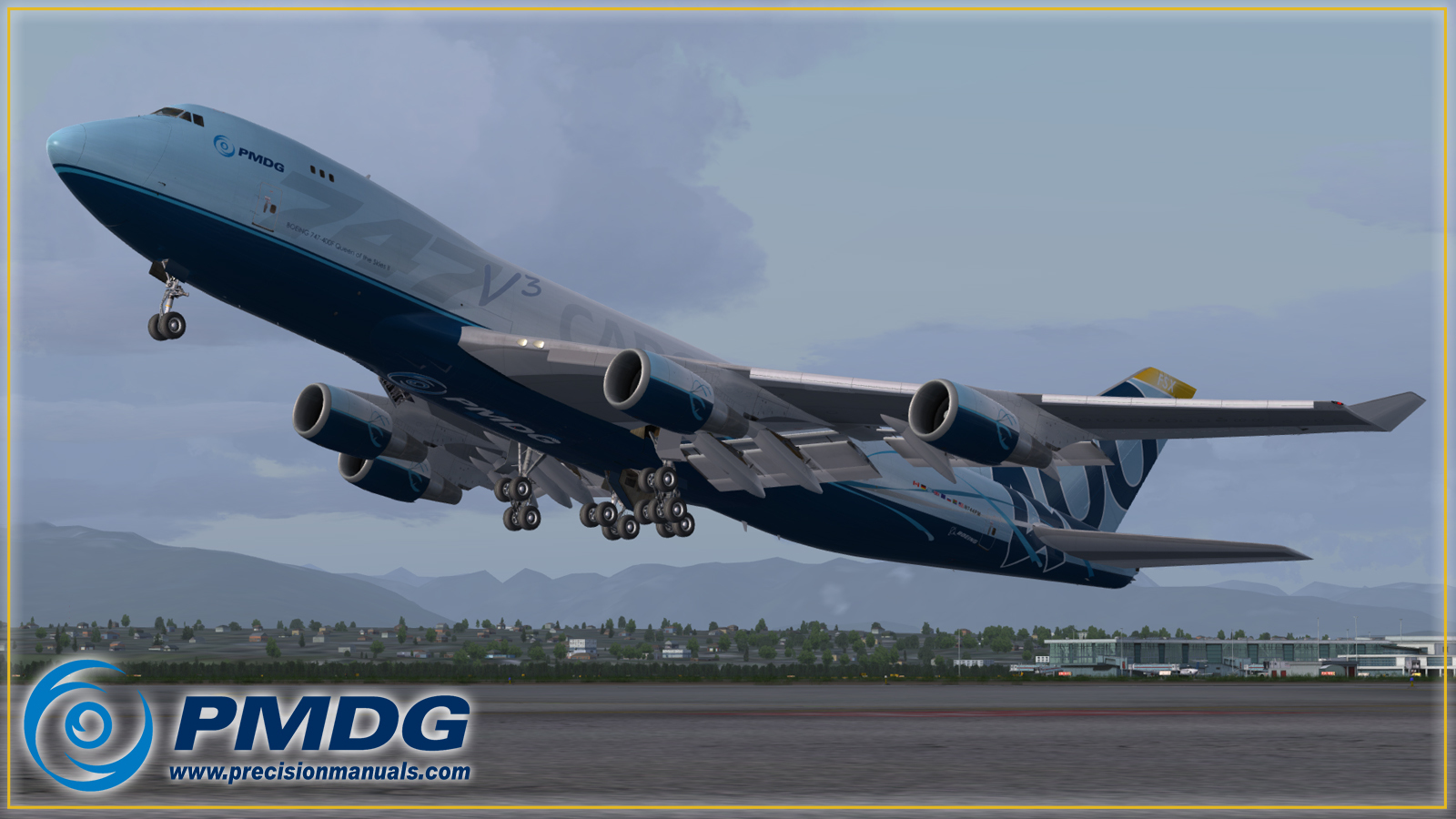


I am not, at all, suggesting that we should not be proficient in hand-flying our aircraft and being able to point it in the right direction.But modern transport-category jets are not just big C172s, and this is not the 1960s when traffic density was much lower and airspace and environmental concerns did not rely on the accuracy of modern nav systems, RNP, etc etc.

I just posted a link to a great article on this very topic in this forum but it really didn't generate any discussion.I have read the article in question and I confess I don't really get what the author's issue is.I shall expand.Hand-flying is great. Stick and rudder? I don't mean to be curt or simplistic in my response, but it seems to be so much of a lost art and in this case with the automation challenges is even more beneficial. Confirm that the thrust increases and is sufficient for the go-around (ask Emirates), rotate to the go-around pitch attitude (or confirm that the AP is doing so. Select the flaps to whatever the go-around setting is (20 in the 747, check the FCOM for the 737). Obviously you already set and checked the missed approach altitude in the MCP when you captured the glideslope right?After pressing TOGA you should then get (in the 747 - 737 should be vaguely similar but there may be slight differences in terminology or function) THR TOGA TOGA. However, in general you would be well-advised to refer to the FCOM which I know PMDG supply with the NGX and have a read up on the procedure for carrying out a missed approach.How comes you were pressing ALT HOLD? The normal procedure in the 747 for a missed approach would be first to press the TOGA switches, because this is the only way (without disengaging the autopilot and turning off the flight directors) to get out of LOC GS if you are established on an ILS approach, and I am sure that the 737 is the same. Caveat - my 737-specific knowledge is thin on the ground.


 0 kommentar(er)
0 kommentar(er)
